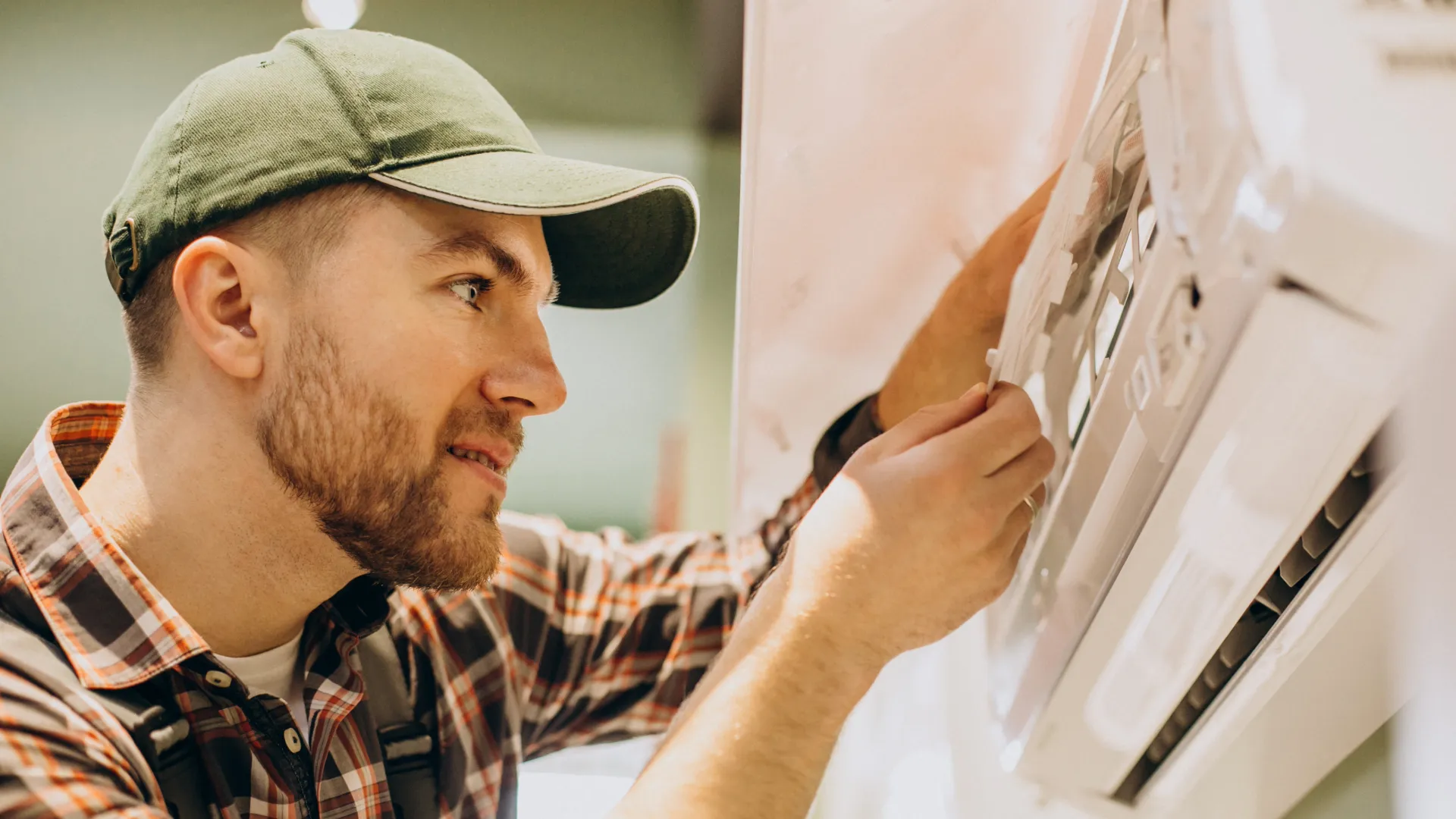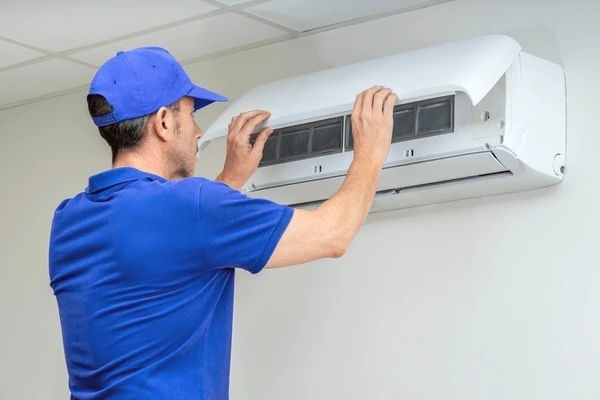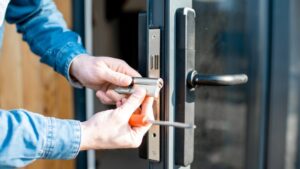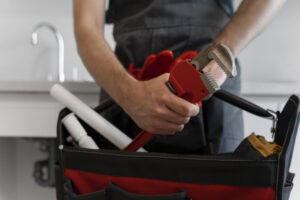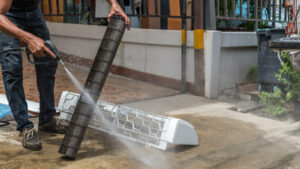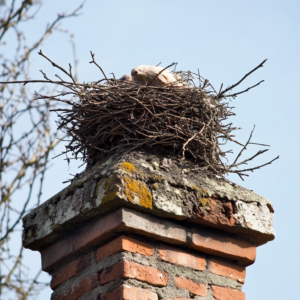Why Is My AC Blowing Warm Air? Troubleshooting Guide
When your AC is blowing warm air, it’s not just uncomfortable—it can be downright frustrating. If your air conditioner is not cooling your living space like it should, you’re probably wondering, “What’s wrong?” This guide will walk you through the most common causes of an AC unit blowing warm air, so you can troubleshoot—and feel empowered about what to do next.
Table of Contents
- Signs Your AC Isn’t Cooling Properly
- Common Causes of Warm Air
- Step‑by‑Step Troubleshooting
- When to Call for Professional Help
- Maintenance Tips to Avoid Future Issues
1. Signs Your AC Isn’t Cooling Properly
You might be facing one or more of these symptoms:
- Warm or hot air blowing from vents
- Room temperature rising beyond the thermostat setpoint
- Uneven cooling—some rooms feel warm
- Higher energy bills without extra usage
- Unusual noises like clanging or hissing
If these sound familiar, your AC is not just “blowing air”—it’s not cooling effectively.
2. Common Causes of Warm Air
Here are typical reasons an AC might be blowing warm air:
- Dirty or clogged air filters
- Low refrigerant levels or leaks
- Blocked or dirty evaporator coil
- Broken or malfunctioning compressor
- Thermostat issues or incorrect settings
- Electrical or system errors
- Frost or ice on the coils
- Dirty or blocked condensate drain
3. Step‑by‑Step Troubleshooting
A. Check the Thermostat
- Ensure it’s set to “cool” and below room temperature.
- Switch to fan-only for a minute—if it blows cold only on cool mode, the issue might be settings or wiring.
B. Inspect and Replace Air Filters
- A clogged filter restricts airflow, leading to reduced cooling and potential ice build-up.
- Replace every 1–3 months, more often in dusty or pet-friendly homes.
C. Examine Outdoor Unit & Registers
- Outdoor units need 2–3 feet of clearance. Remove debris like leaves and grass.
- Feel attic or wall registers—cold supply with warm return air suggests a cooling issue, not airflow.
D. Look for Ice on Condenser/Coils
- Ice forming on coils could be from low refrigerant or airflow problems.
- Turn off the system and let it thaw for a few hours. Then address the root issue.
E. Check Refrigerant
- Low refrigerant means poor cooling performance.
- Signs include hissing sounds, longer run times, and warm air.
- Only licensed technicians handle refrigerants—this is a job for Air Conditioning Repair Services.
F. Inspect Electrical Components
- Blown fuses, circuit breakers, or faulty capacitors can shut down parts of the system.
- Reset breakers and inspect wiring for damage—but let professionals manage electrical issues.
G. Assess the Compressor
- The compressor pressurizes and circulates refrigerant. If it fails, cooling stops.
- Symptoms include loud humming, frequent short cycles, or no cool air at all.
- Compressor replacement is complex and costly, requiring a licensed HVAC technician.
H. Test the Condensate Drain
- If the drain clogs, it can overflow and trigger a shutoff switch—halting cooling.
- Clear it with mild soap and water or a wet/dry vacuum.
4. When to Call for Professional Help
While you can handle simple fixes like replacing filters and clearing debris, some problems require expert intervention:
- Refrigerant leaks or low levels
- Compressor failure
- Electrical issues or control board faults
- Frozen evaporator coils that freeze back quickly
If after DIY steps your AC is still blowing hot air, call pros with experience in Emergency AC Repair Service or Air Conditioning Repair Services—especially during peak summer when delays can cost comfort and money.
5. Preventive Maintenance Tips
Avoid surprise breakdowns and extend the life of your system with regular care:
- Replace filters every 1–3 months
- Keep outdoor unit free of debris
- Clean indoor registers and vents quarterly
- Inspect coolant lines for insulation wear
- Schedule seasonal tune‑ups—test coolant, electricals, and airflow
- Use a programmable thermostat to avoid overworking the system
Wrapping It All Up
If your AC unit is blowing warm air, don’t panic. Start simple: check filters, restart units, and clear space around outdoor components. But if your air conditioner isn’t cooling after that—or you suspect refrigerant or electrical issues—get in touch with trained technicians for Air Conditioning Repair Services or Emergency AC Repair Services. And to prevent problems down the line, schedule regular maintenance and keep filters clean.
Cool air is within reach with a bit of troubleshooting and timely help, your AC will be back to keep you comfortable.
Related Blog: House Air Duct Cleaning vs. DIY: The Facts That Will Surprise You
